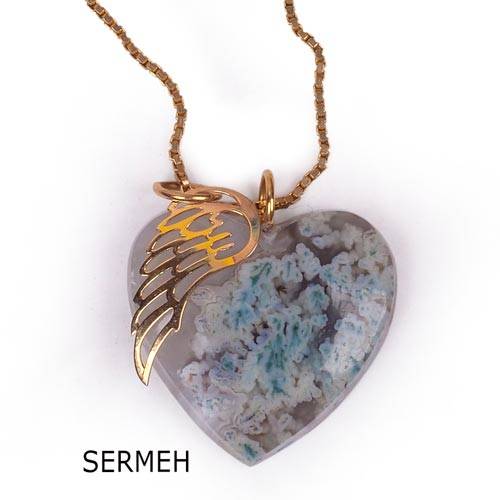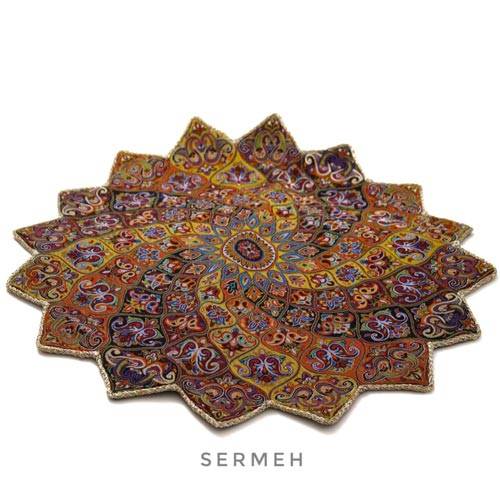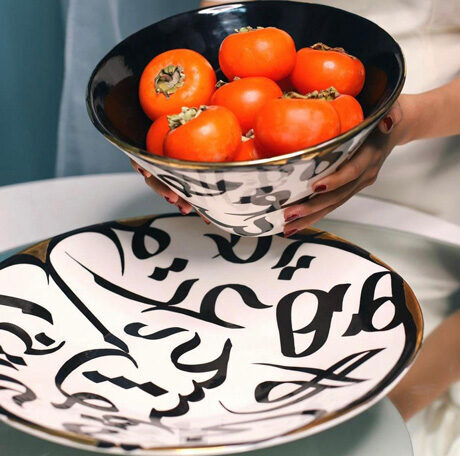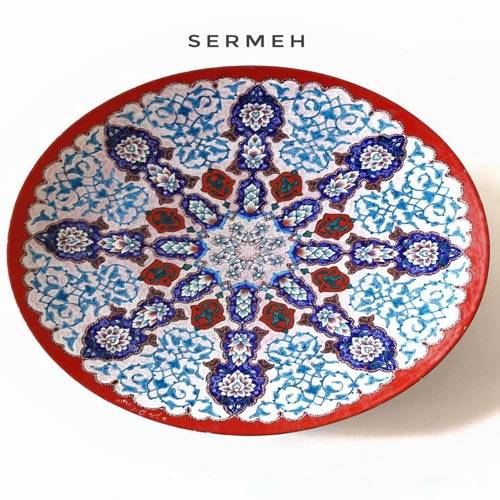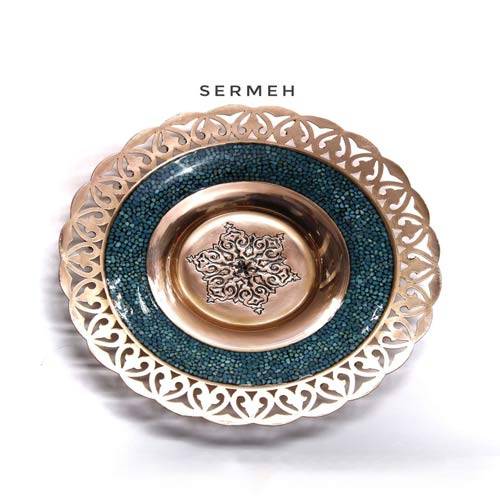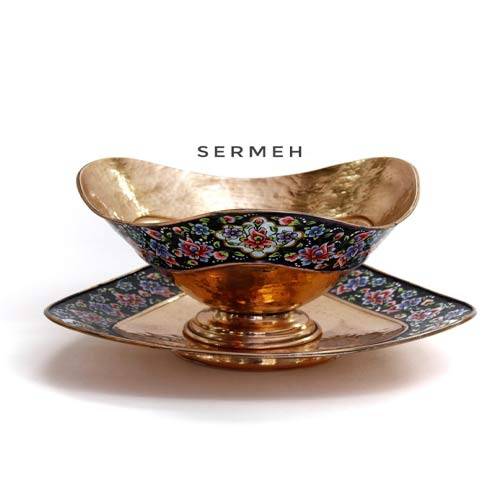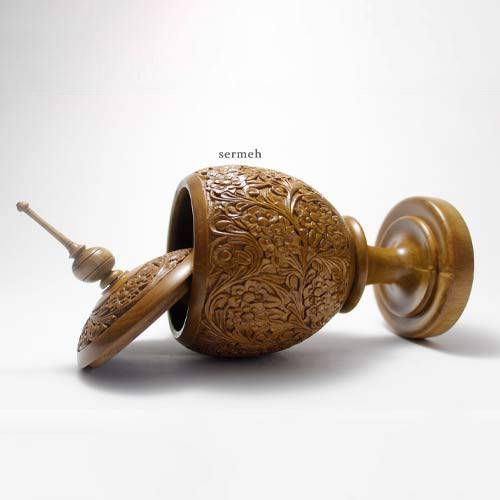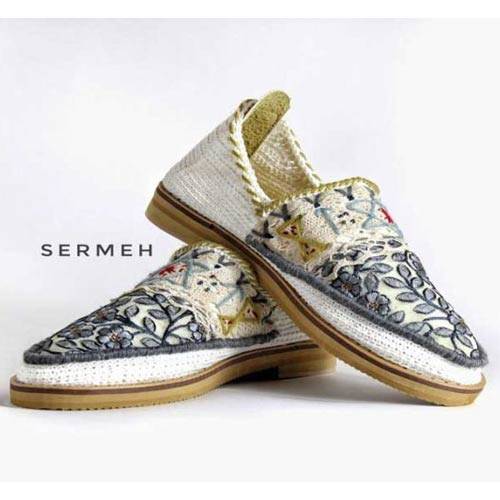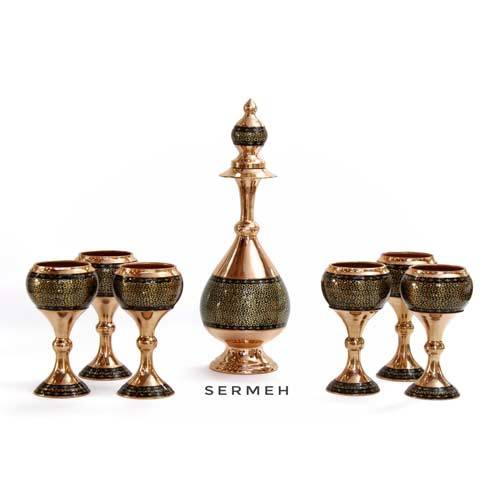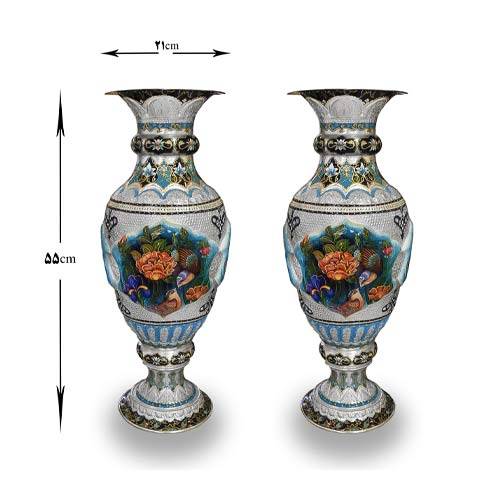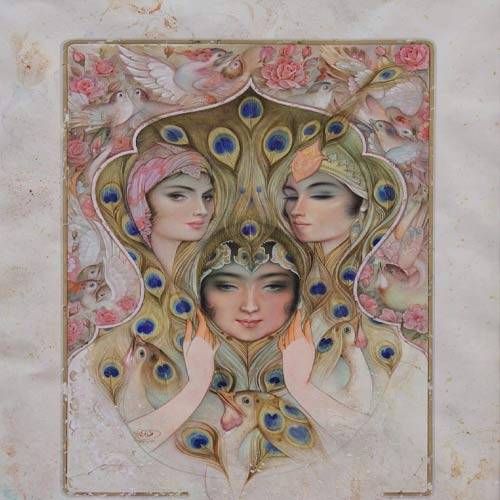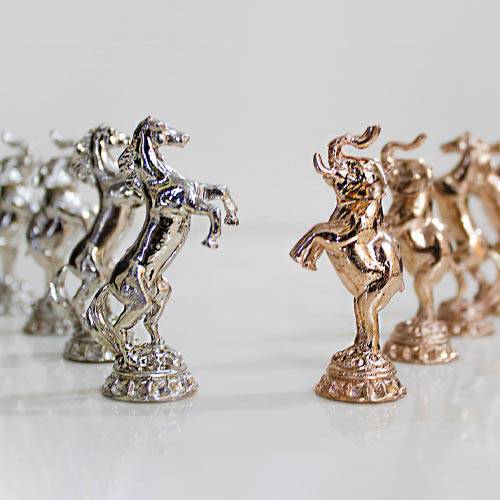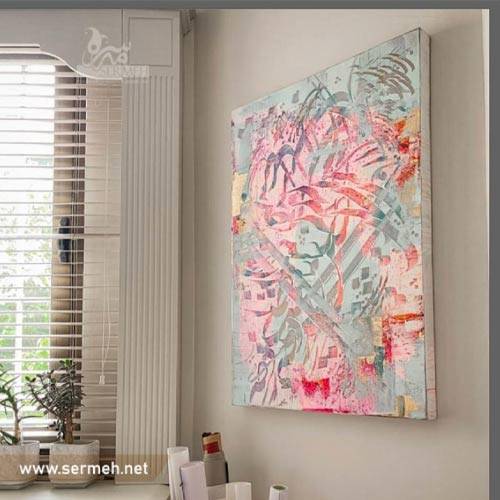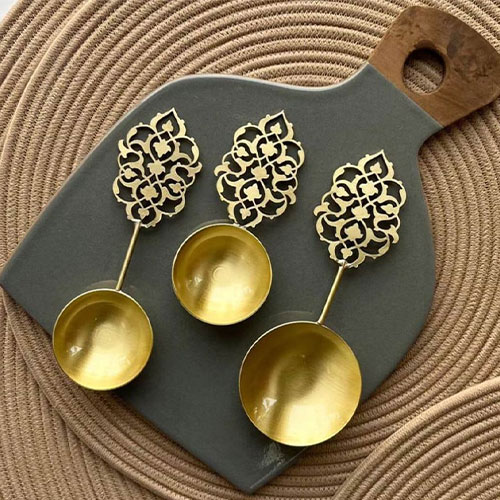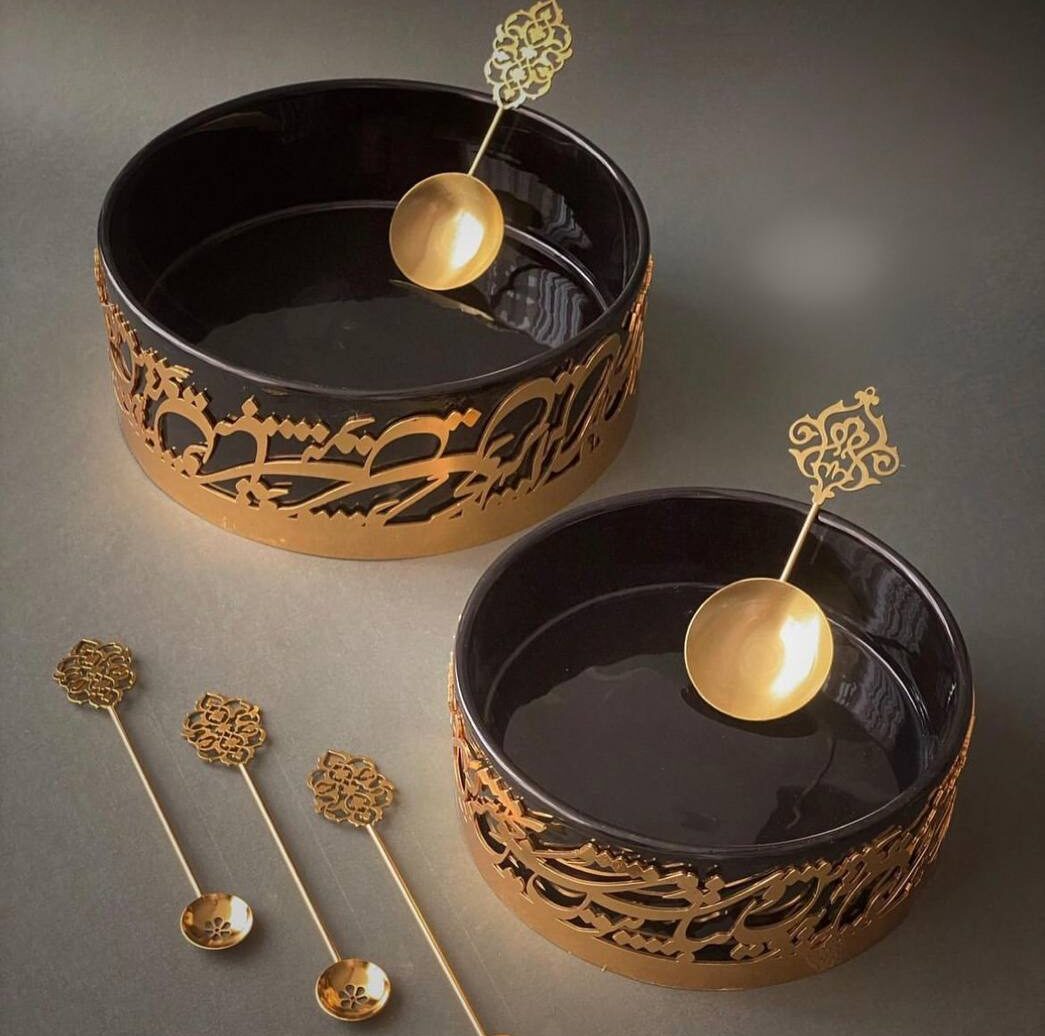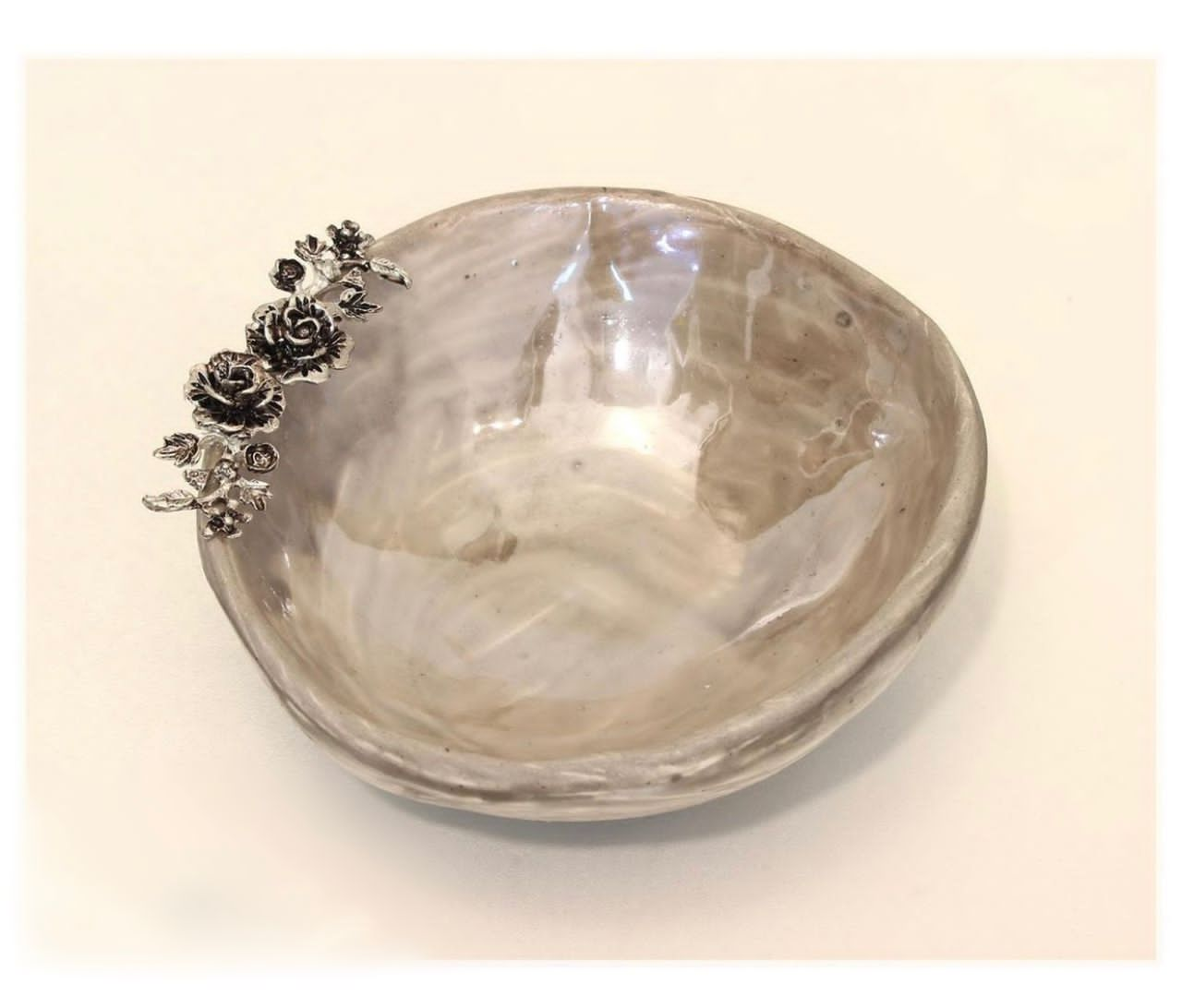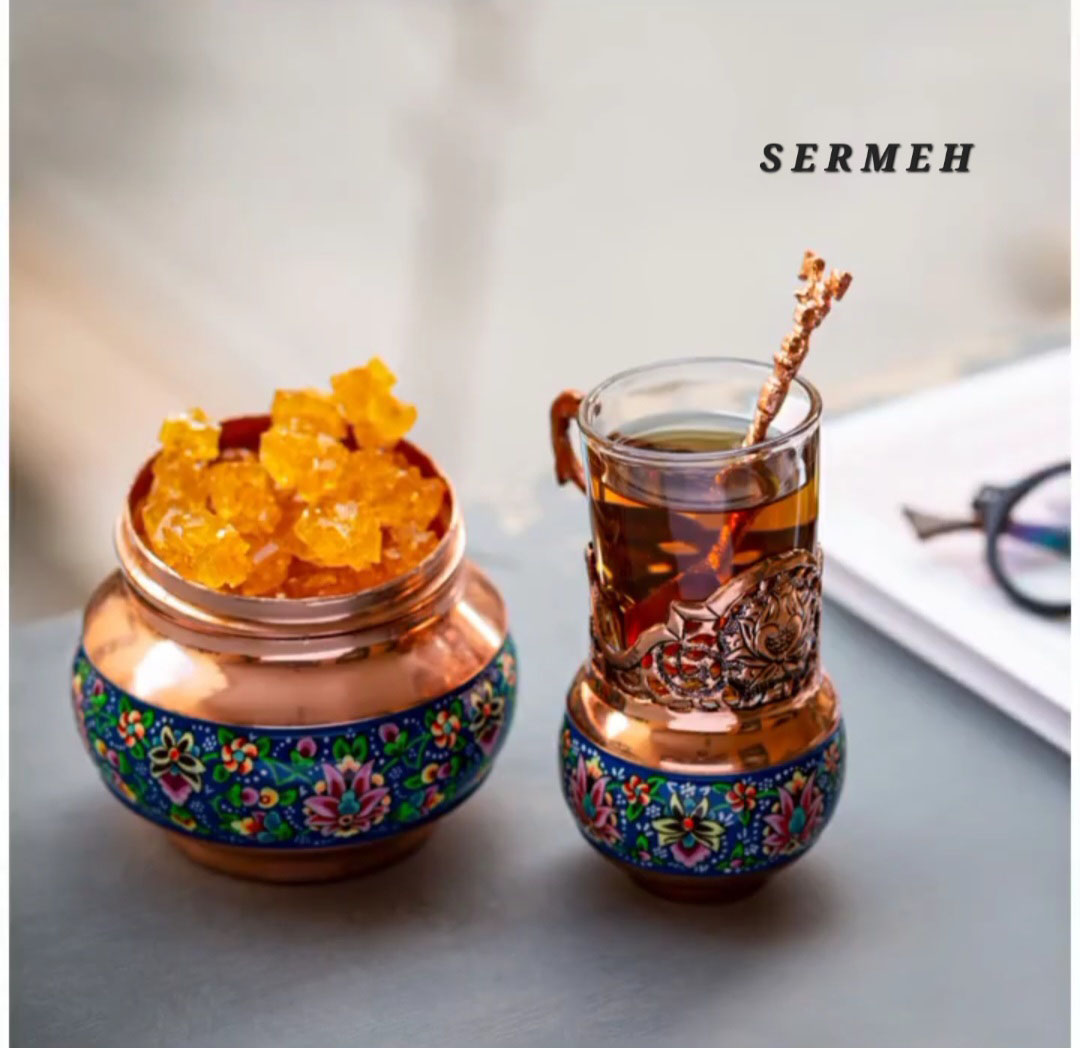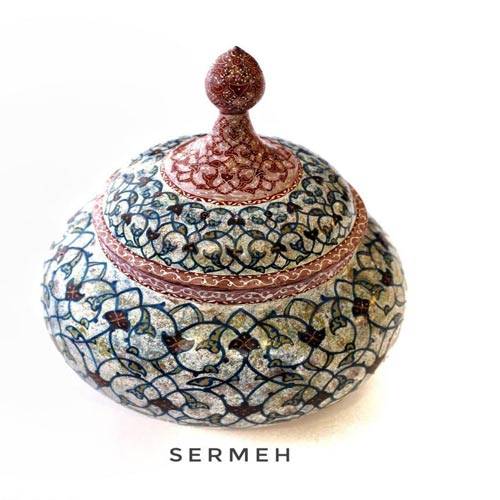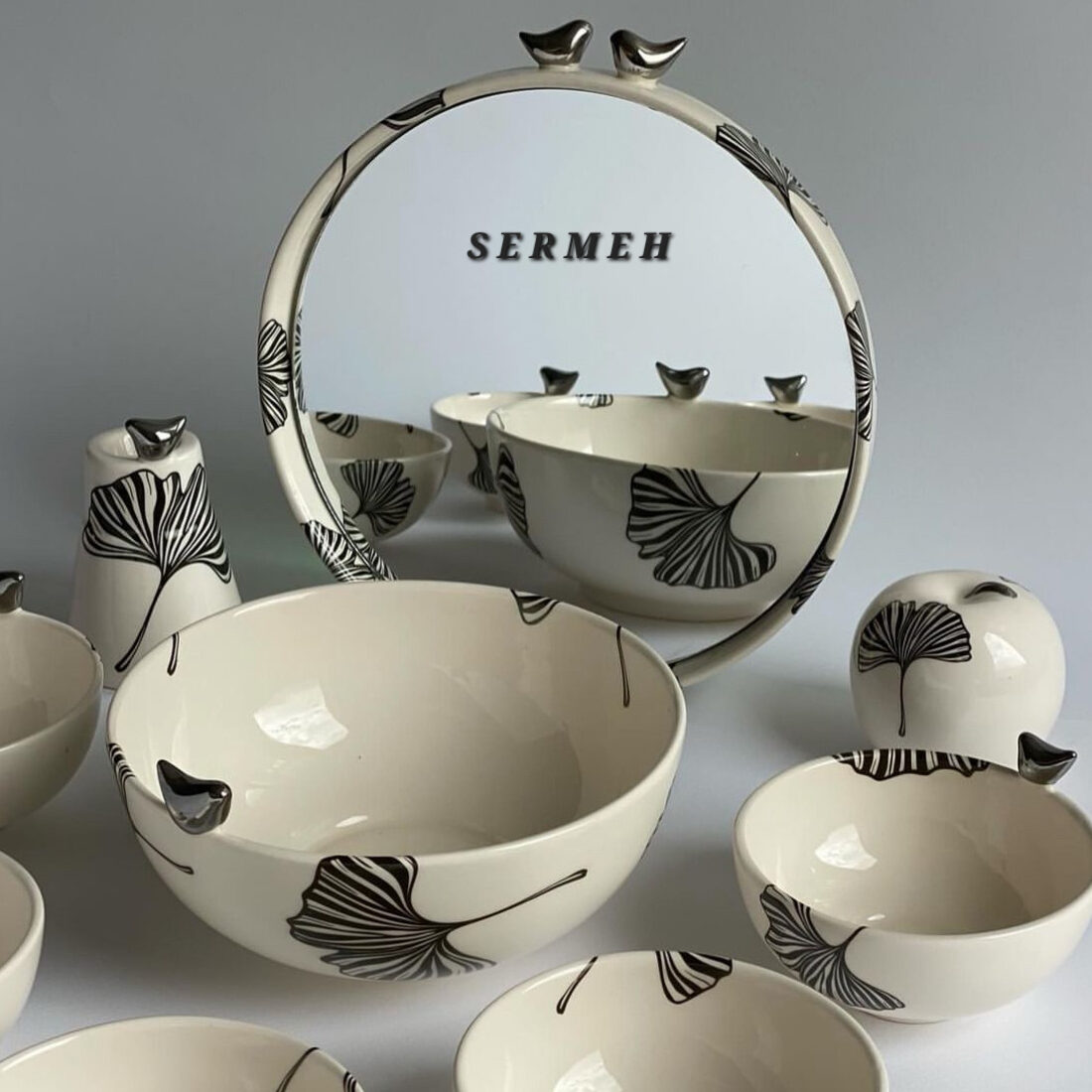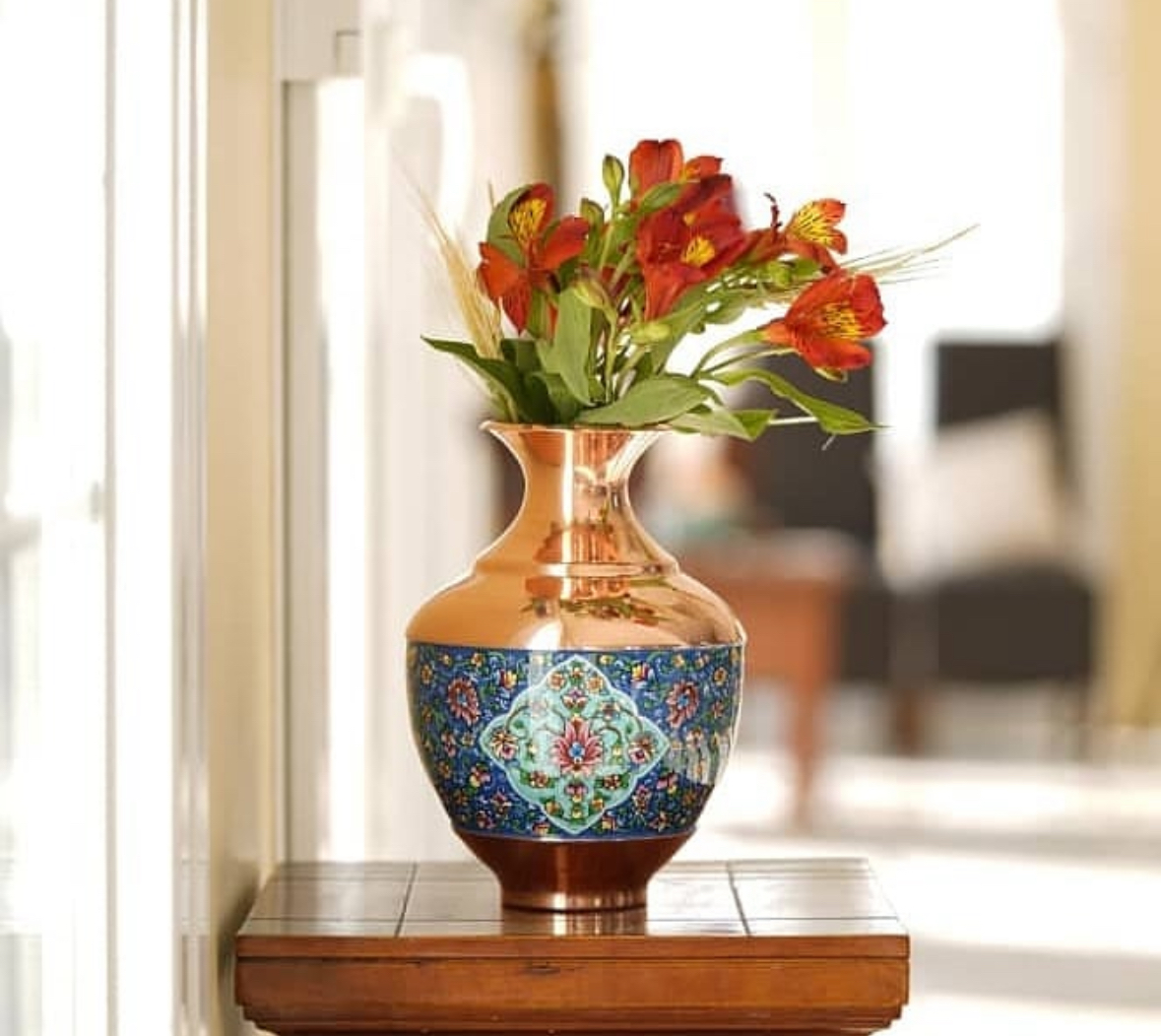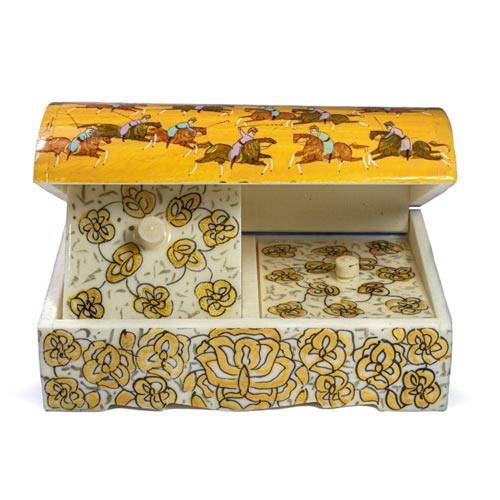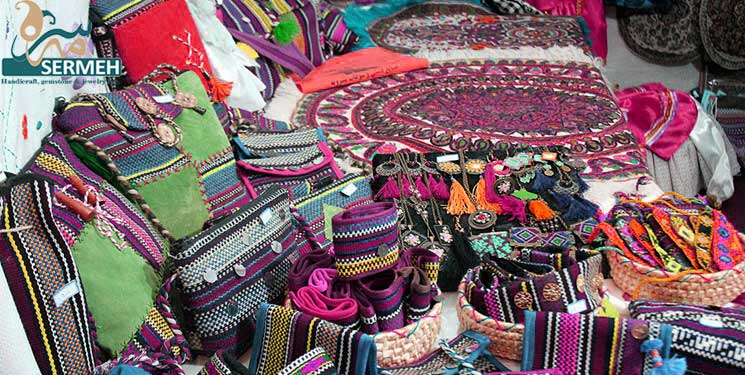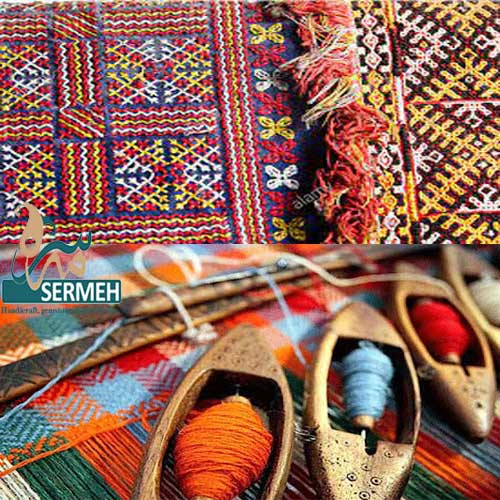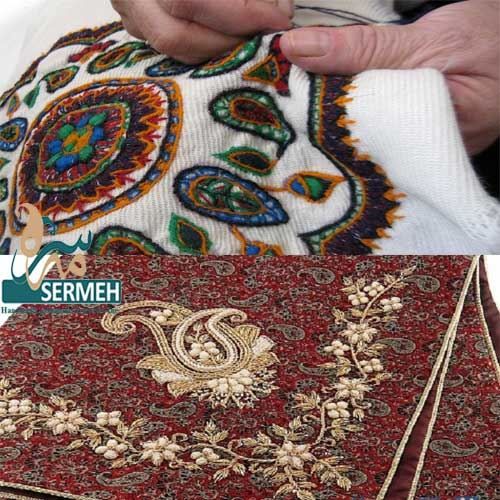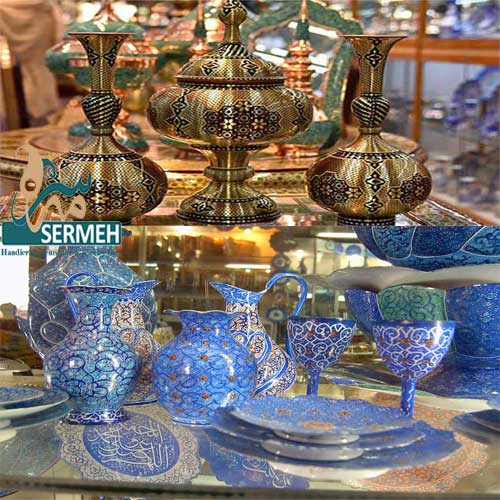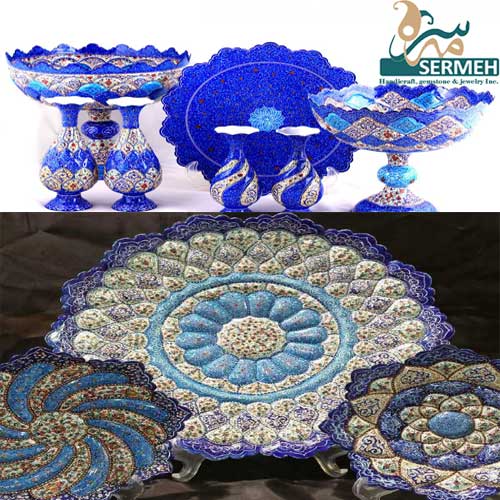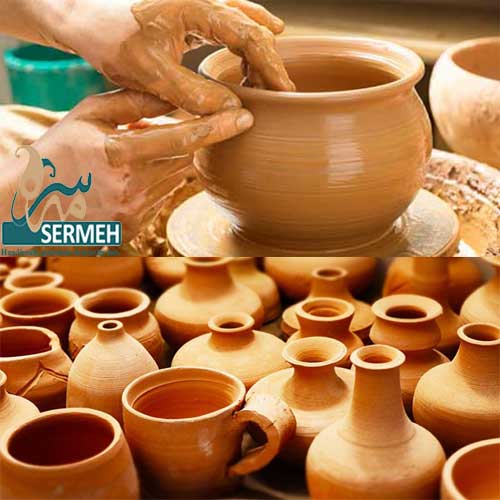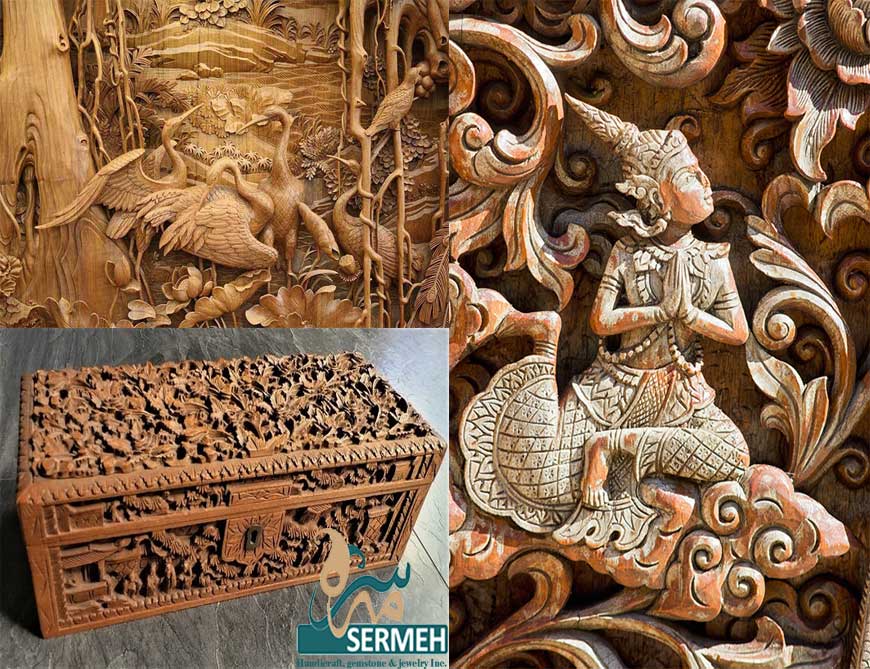What is a Persian handicraft?
Introducing Persian Handicraft: The handicrafts of any country reflect the civilization and culture of the people of that country.
Handicrafts have been the first tools of human interaction in different societies and therefore provide important information about other countries of the world.
Iranian handicrafts have a significant share of our country’s exports.
Iranian carpet is one of the most famous handicrafts globally, which also has a high price.
Due to the employment of villagers, nomads, and residents of small towns in this industry, proper investment in Iranian handicrafts will strengthen the economic infrastructure of society.
Iranian handicrafts are the most beautiful works of artist masters in various fields.
If you are interested in getting acquainted with Iranian works of art and handicrafts, join us.
In this article, we will fully introduce Iranian handicrafts and provide interesting information about the works of art of different cities.
Familiarity with Iranian handicrafts
In Iranian historical monuments, we can see art signs in tombs, mosques, palaces, and historical buildings.
Each of the well-known works of Iranians shows a part of the identity and culture of the Iranian people in different historical periods.
In the general definition, the combination of hand art and local and traditional tools in creating a work is called handicrafts.
The artistic taste and creativity of the craftsman have a significant impact on the creation of works of art and handicrafts.
The handicrafts of each region of Iran are unique.
Although there are common industries in some cities, the fabric of each work can be seen as signs of the deep-rooted culture of a town or village.
The essential element in making handicrafts is human hand art, which doubles these works’ value.
Advantages of handicrafts
In general, handicrafts included artistic, artistic-consumer, and consumer handicrafts.
These industries are different from factory products due to the subtleties of manual design.
One of the essential features of handicrafts is raw materials made in the country.
The added value of these products is also very high due to the initial investment, and it is possible to expand this industry in deprived and rural areas.
The extent of this industry’s damage to the environment is also negligible compared to the destructive effects of modern and machine industries.
During the last two years, i.e., from the winter of 2020 until now, the outbreak of Coronavirus in the world has caused irreparable damage to Iranian handicrafts.
Obviously, with the boom in tourism and the increase in tourist attraction in Iran, handicrafts will also generate more revenue and prosperity.
The 10th of June, equal to the 20th of Khordad in Iran, has been named the International Day of Handicrafts.
Variety of Iranian handicrafts
Iranian handicrafts are highly diverse in different parts of the country.
Each city and village in Iran produces various handicrafts.
Over the years, the variety of Iranian handicrafts has increased and has moved away from its first category, but many works produced by Iranian artists fall into the following categories.
Textile crafts
Traditional weaving and textiles are one of the oldest handicrafts in Iran.
We formed this industry to meet the human need for clothing and daily necessities.
Today, the traditional weaving and textile industry can be considered one of the most diverse handicrafts in Iran.
In different provinces of our country, weaving different types of carpets and kilims and traditional textiles are common, which are the most famous handicrafts of these regions.
Some of the sub-branches of this industry are Gabbeh weaving, Jajim weaving, silk weaving, night weaving, velvet weaving, curtain weaving, khos weaving, ribbon weaving, shamad weaving, and chafeeh weaving.
Traditional embroidery
Traditional embroidery was created due to human interest in decorating clothes and various items such as tablecloths and multiple types of bedspreads.
See this >>Handmade Floor Covering (Zilou) of Meybod
Traditional embroidery is also a typical handicraft in different parts of Iran and is made in other cities with various tools.
The most famous branches of embroidery are needlework, tapestry embroidery, Pete embroidery, and, crochet embroidery.
Embroidered handicrafts also include embroidered pieces inside the fabric.
Needlework is made on plain fabrics, the tapestry is embroidered on traditional materials such as cashmere and Pete embroidered on thick materials, and crochet often is done on mahout fabrics.
In the past, gold and silver in embroidered tapestry and silk thread in embroidered Pete was standard.
Other subsets of embroidery handicrafts include cream embroidery, spring embroidery, star embroidery, Glabton embroidery, black embroidery, and velvet embroidery.
This art has many sub-branches, each of which is related to different cities.
Metal crafts
The discovery of metal in ancient times attracted human attention to this first material to make the necessities of life.
Its use in the preparation of various utensils and everyday tools became common due to the high strength of this material.
There are many examples of various metal tools among the relics from ancient Iran.
For this reason, metal handicrafts can be traced back to ancient Iran.
Today, metal handicrafts, especially its expensive types such as silverware and copper stamping, are among the most famous handicrafts in Iran.
Artisans create unique works using special tools and hours of engraving and shaping metal.
The most famous branches of metal handicrafts are the arts of embroidery, engraving, goldsmithing, silver stamping, copper stamping, casting, and ornamentation.
Enamel crafts
Enamel handicrafts are one of the most beautiful decorative utensils and tools that are very difficult to make.
Enamel works of art are among the most expensive handicrafts in Iran, made by the most skilled craftsmen.
This art is more than 5000 years old.
Enamel artists create beautiful works by combining matte colors, tiles, and metal.
The sub-categories of the enameling industry include embroidery, lattice, painting enamel, and blue enamel, and embossed enameling is the most challenging field of this art.
Pottery crafts
Pottery is one of the most famous handicrafts in Iran among tourists and has a long history.
See this >>Handmade Pottery & Ceramic
In every region of Iran, due to access to the soil element, pottery has been typical since ancient times.
In different historical periods, humans mixed pottery with water and soil and made pottery, and over time, clay replaced ordinary soil.
The most famous historical pottery is the jars and bowls found in ancient buildings.
Pottery included two categories: unglazed and glazed. In different cities of Iran, there are museums called the Museum of Pottery, where you can see all kinds of historical pottery.
Hand pottery, wheel pottery, and pottery are subsets of the art of pottery.
Wooden handicrafts
Wooden handicrafts are among the most beautiful works of Iranian art that have been made in Iran for many years.
These industries are vast, and many artists work in them.
Different cities of Iran have various wooden handicrafts, among which we can mention carpentry, mosaic making, inlay work, inlay work, and lattice.
Artisan handicrafts have many uses in everyday life.
One of the most popular wooden works and handicrafts is inlaid works.

